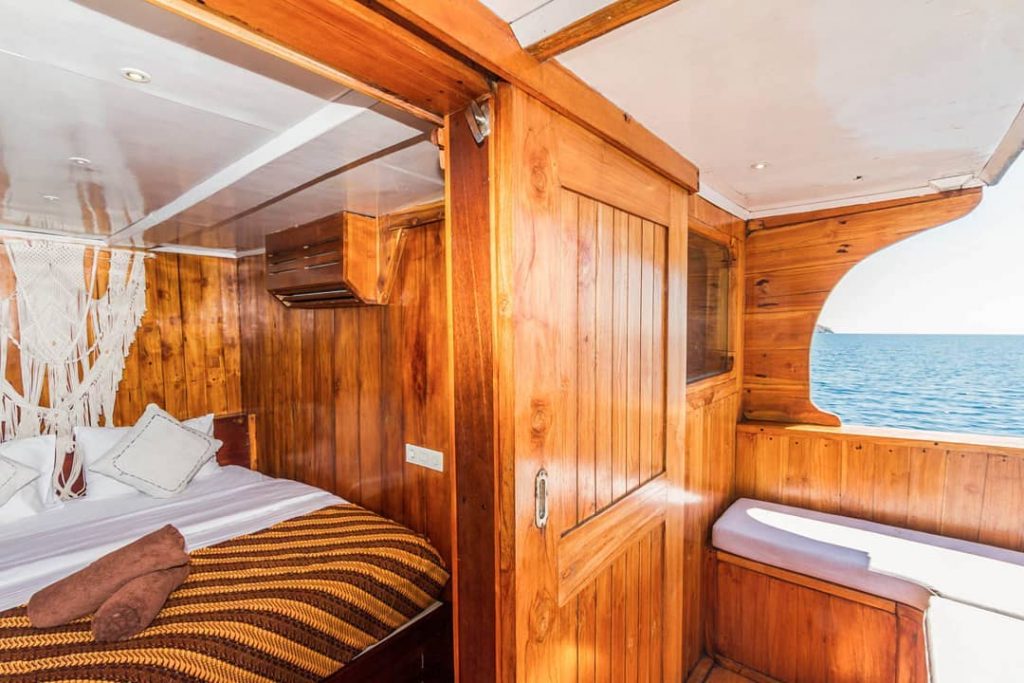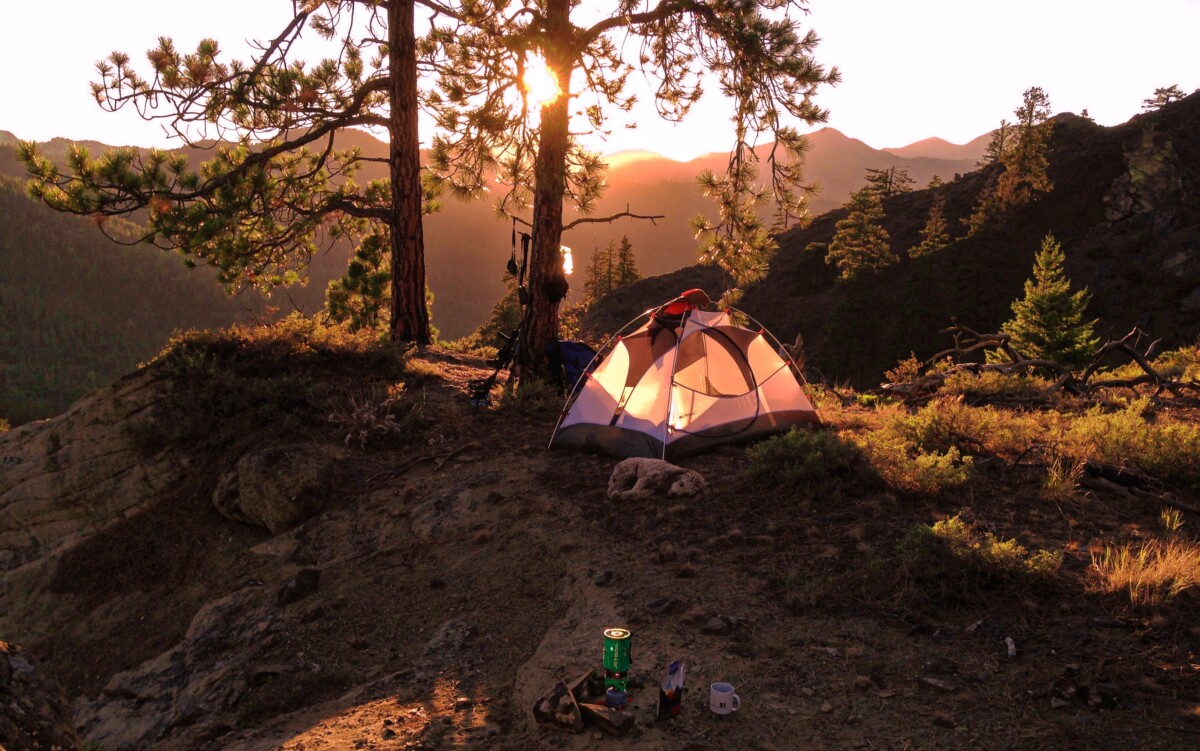The rising fame of Komodo National Park enchants hundreds of worldwide tourist to explore the frontier every year. Sits in the edge Indonesia’s eastern borderline, the national park is the only place on earth where the last species of gigantic various Komodoensis, goes by its popular name Komodo Dragons, live in the wild. With its jagged volcanic islands and bright turquoise sea, the Komodo National Park recently took a seat on World’s Top Ten Destinations by National Geographic magazine, July 2017 edition. Another things that make Komodo even special is that you can’t just explore this gorgeous, isolated borderland by just walking. The national park is comprised of 20 islands spread in the Flores Sea. That means, if you want to explore each destination, you need to book a liveaboard boat and embark on Komodo sailing trip.
Yes, it’s a summer dream of many. And yes, you will absolutely be indulged in awe-inspiring sceneries, breathtaking savannah hills, idyllic beaches (one of them being pink), and lively marine wildlife. However, sailing trip comes with a lot of deals you need to take. Especially when you have never been into a sailing trip. Before you go, know the risks and how to encounter them.

Risks #1: Getting Seasick Throughout Komodo Sailing Trip
Some people cannot hop into a boat without getting their stomach contents go up to the throat. Getting seasick is absolutely one of the most terrible thing to have in Komodo sailing trip. It prevents you from enjoying the journey without needing to go to the nearest sink.
How to encounter: Ginger is widely known to relieve seasickness symptoms. Bring some gingers to brew with hot tea (it’s very comforting!) or have some ginger candies ready. Don’t forget to pack seasickness medication. Some people say that acupressure bands could help, so it’s worth a try!
Risks #2: Everything is A Bit Limited
Your Komodo boat might have the luxury of a starred hotel, but that doesn’t mean you can enjoy everything like you usually do on land. Fresh water, or example, is limited and you should be considerate on taking showers. Electricity is also an issue. It’s generated from the boat to power the engines, lights, instruments, freshwater pumps, and many other things. That means you need to be wise on all the charging and turning on the lamps.
How to encounter: You are sailing on remote destinations, so why don’t take this opportunity to totally unplug as well? Minimise the use of phones and laptops. Bring extra camera batteries that you’ve charged from home. Take a quick shower—enough to wash away impurities.
Risks #3: Lost of Signals
Each day in Komodo seems like a scene right from the Lost World. Everything is otherworldly and shines in nature’s best state. But something is missing when you can see the hair-rising wild Komodo Dragons or the stunning Komodo’s landscape from the top of Padar Island’s peak if you can’t share it right away with your followers. Going to Komodo sailing trip means you need to keep all awe-inspiring things to yourself—or at least until you’re back to the land. For millennial generation whose online community is a great part of their life, this could feel very frustrating.
How to encounter: Nothing you can do except forgetting the internet for a while and get immersed in the natural surroundings.
Read More: Overcoming Fear of Sailing in Komodo Cruise: A Personal Journey
Risks #4: Extreme Temperature during Komodo Sailing Trip
Even for local travelers who has spent all their life under tropical weather, the changes of temperature during Komodo sailing trip could pose a challenge, too. Structures of boats make it feel very hot and humid under the blazing sun. However, it could be very cold when the rain is hard and long.
How to encounter: Choose a Komodo liveaboard with air conditioning facility. When the day get very hot, stay in the indoor, air conditioned saloon to cool yourself. Minimise the use of AC/ fan in the cabin—remember to limit the use of electricity!

